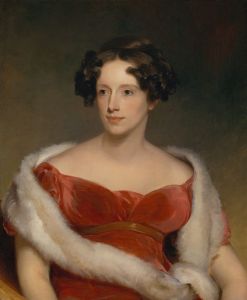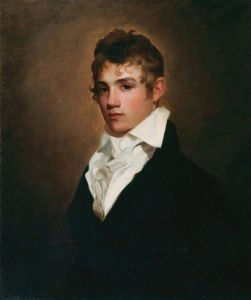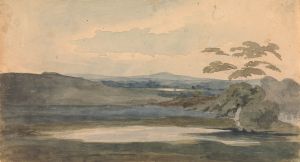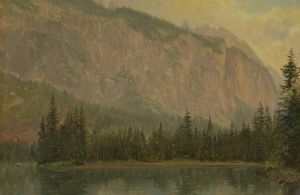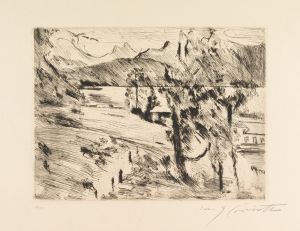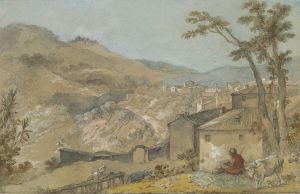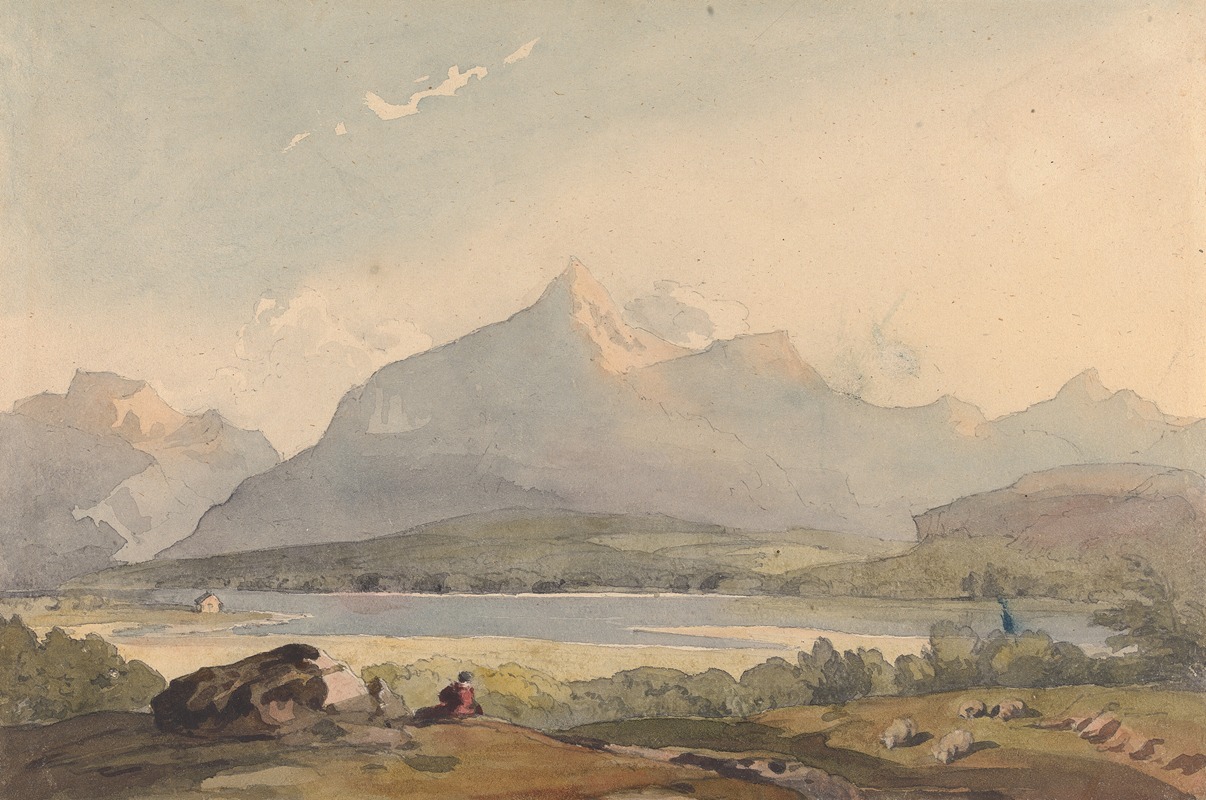
Mountainous Landscape with Lake and Figure in Foreground
A hand-painted replica of Thomas Sully’s masterpiece Mountainous Landscape with Lake and Figure in Foreground, meticulously crafted by professional artists to capture the true essence of the original. Each piece is created with museum-quality canvas and rare mineral pigments, carefully painted by experienced artists with delicate brushstrokes and rich, layered colors to perfectly recreate the texture of the original artwork. Unlike machine-printed reproductions, this hand-painted version brings the painting to life, infused with the artist’s emotions and skill in every stroke. Whether for personal collection or home decoration, it instantly elevates the artistic atmosphere of any space.
Thomas Sully was an American portrait painter born in 1783 in Horncastle, Lincolnshire, England. He is best known for his portraits of prominent Americans and his contribution to the arts in the early 19th century. Sully's work is characterized by its elegance and the romantic style that was prevalent during his time. While he primarily focused on portraiture, he also created a number of landscapes and genre paintings throughout his career.
"Mountainous Landscape with Lake and Figure in Foreground" is one of Sully's lesser-known works, and there is limited information available about this specific painting. However, it is important to understand the context of Sully's career and the artistic environment of his time to appreciate this piece.
Sully emigrated to the United States with his family in 1792, settling in Charleston, South Carolina. He began his artistic training under the tutelage of his brother-in-law, Jean Belzons, a French miniaturist. Sully later moved to Richmond, Virginia, and then to New York City, where he continued to develop his skills. In 1809, he traveled to London to study with the renowned American painter Benjamin West, who was then the president of the Royal Academy. This experience greatly influenced Sully's style, as he absorbed the techniques and aesthetics of European art.
Upon returning to the United States, Sully established himself in Philadelphia, which was a burgeoning cultural center at the time. He quickly gained a reputation as a talented portraitist, painting notable figures such as Thomas Jefferson, John Quincy Adams, and the Marquis de Lafayette. His portrait of Queen Victoria, painted in 1838, is one of his most famous works and solidified his status as a leading artist of his era.
While Sully's landscapes are not as widely recognized as his portraits, they reflect his ability to capture the beauty and tranquility of nature. "Mountainous Landscape with Lake and Figure in Foreground" likely showcases Sully's skill in rendering natural scenes with a romantic sensibility. The painting would typically feature a serene lake surrounded by majestic mountains, with a solitary figure in the foreground, inviting viewers to contemplate the relationship between humanity and the natural world.
Sully's landscapes often exhibit a soft, atmospheric quality, achieved through his use of light and color. This approach aligns with the romantic movement, which emphasized emotion and the sublime aspects of nature. Although specific details about "Mountainous Landscape with Lake and Figure in Foreground" are scarce, it can be inferred that the painting embodies these characteristics.
Throughout his career, Sully produced over 2,000 paintings, leaving a significant legacy in American art. His work is held in numerous prestigious collections, including the Philadelphia Museum of Art, the Metropolitan Museum of Art, and the National Gallery of Art in Washington, D.C. Despite the limited information on "Mountainous Landscape with Lake and Figure in Foreground," Thomas Sully's contribution to the art world remains influential, and his landscapes, though less celebrated, offer insight into his versatility as an artist.






